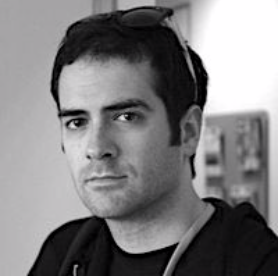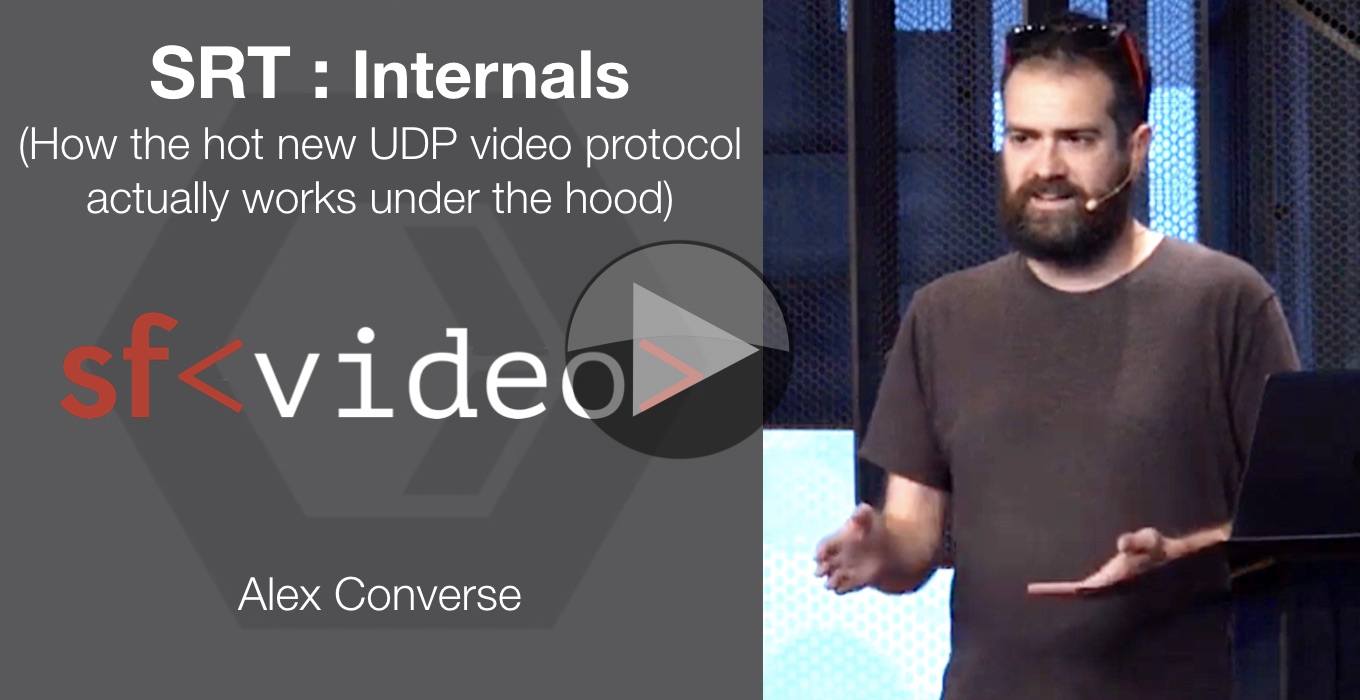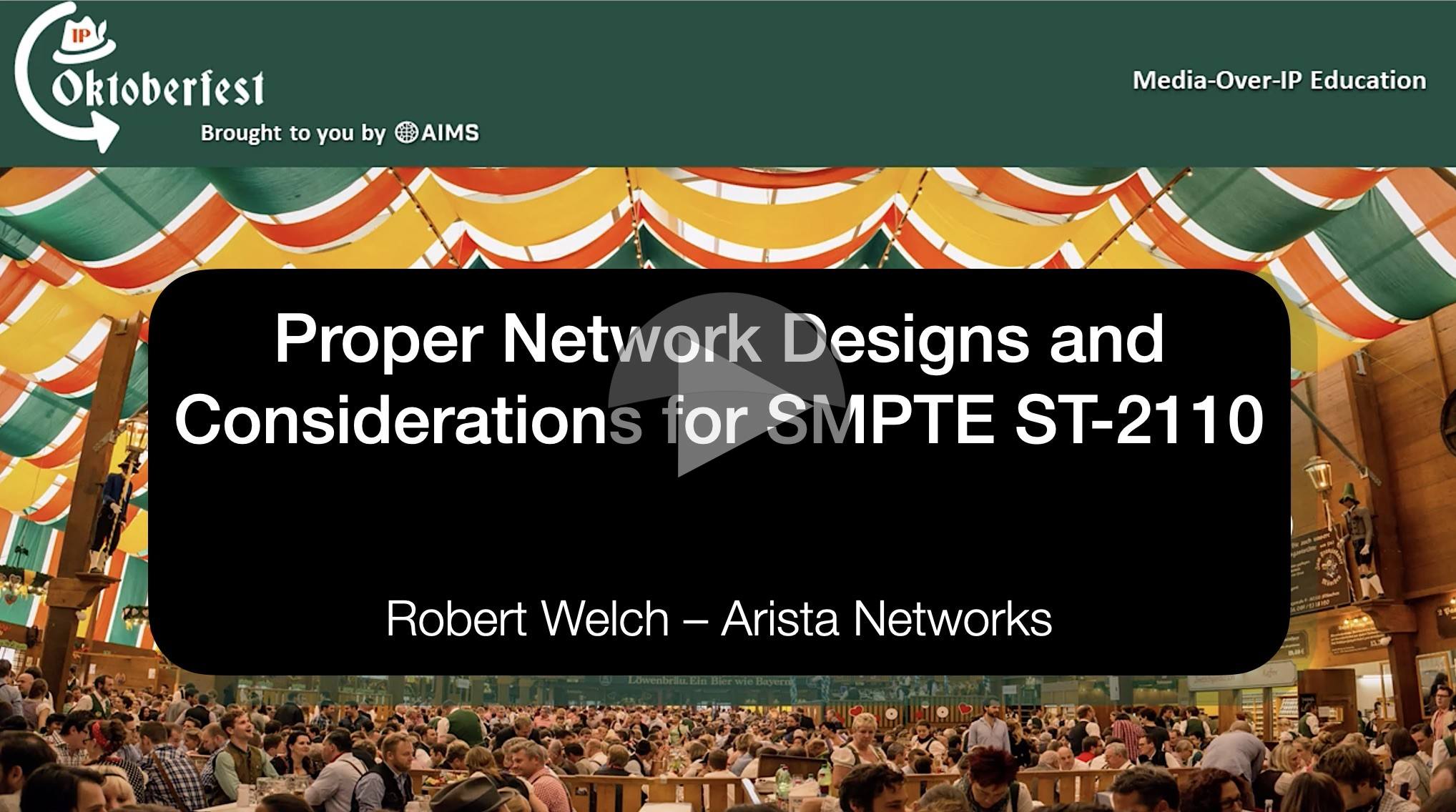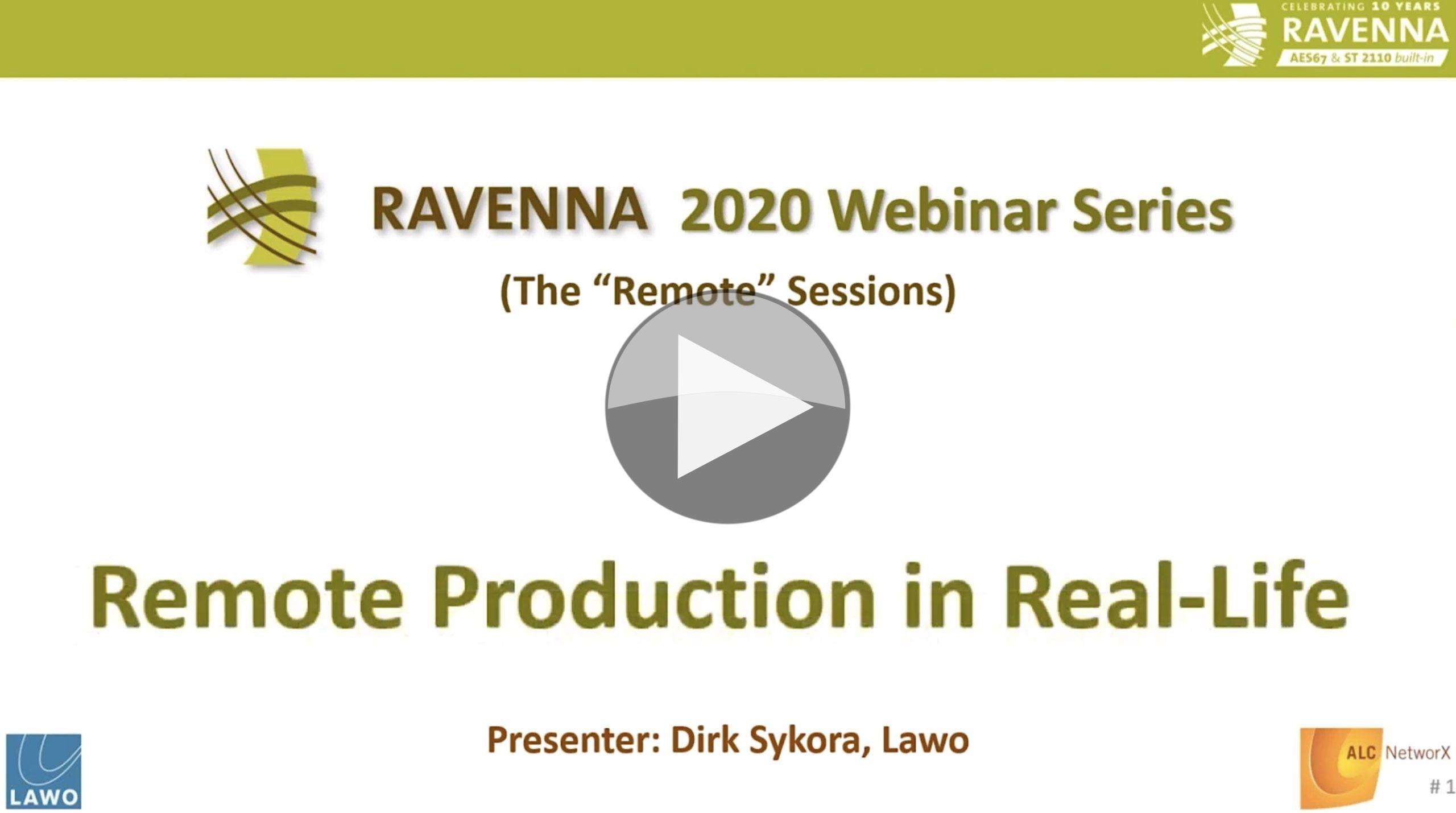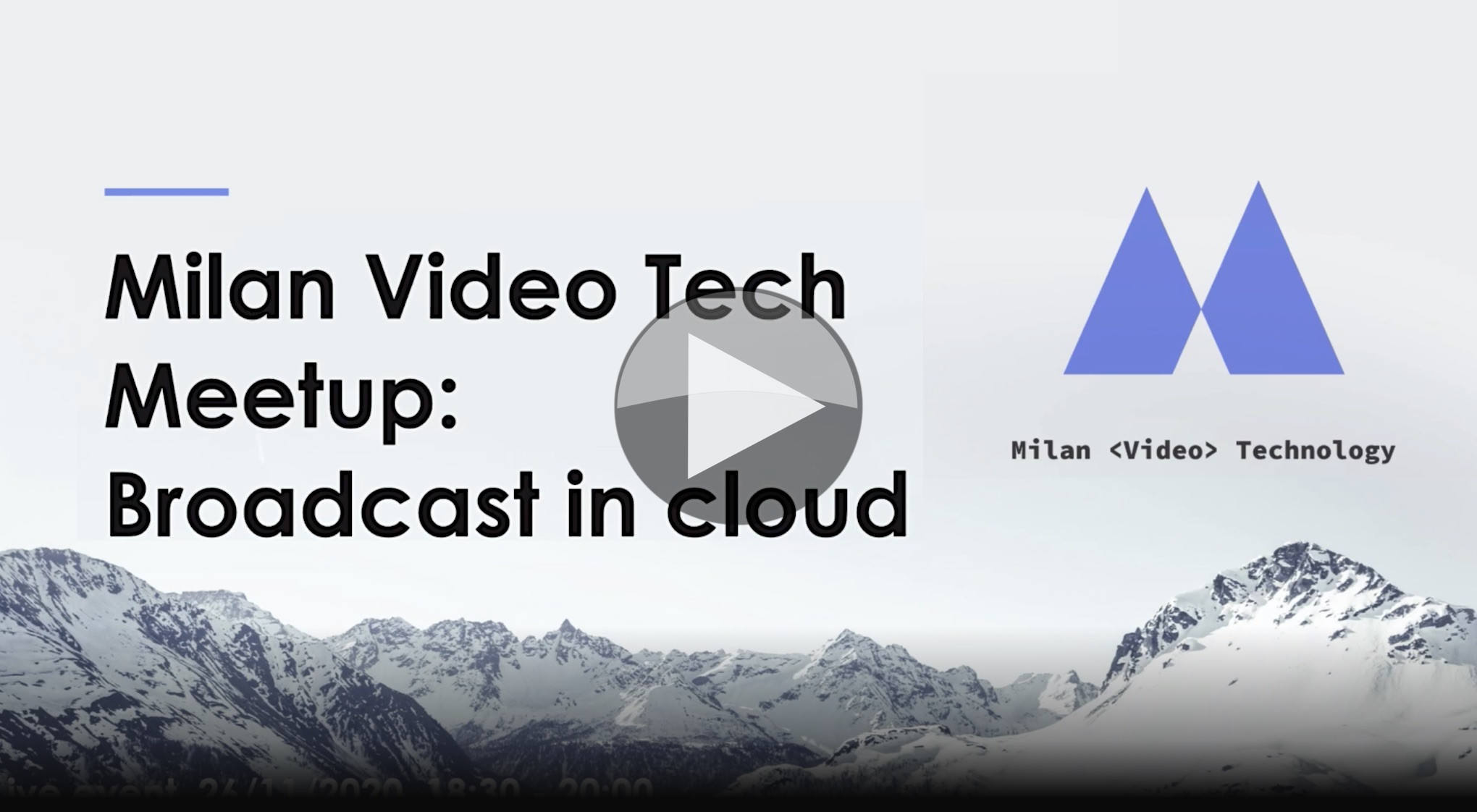
Milan Video Tech’s back with a three takes on putting broadcast into the cloud. So often we see the cloud as ‘for streaming’. That’s not today’s topic; we’re talking ingest and live transmissions in the cloud. Andrea Fassina from videodeveloper.io introduces the three speakers who share their tips for doing cloud well by using KPIs, using the cloud to be efficient, agile & scale and, finally, running your live linear channels through the cloud as part of their transmission path.
First up is Christopher Brähler from Akamai who looks at a how they helped a customer becomes more efficient, be agile and scale. His first example shows how using a cloud workflow in AWS, including many AWS services such as Lambda, the customer was able to reduce human interaction with a piece of content during ingest by 80%. The problem was that every piece of content took two hours to ingest, mainly due to people having to watch for problems. Christopher shows how this process was automated. He highlights some easy wins by front-loading the process with MediaInfo which could easily detect obvious problems like incorrect duration, codec etc. Christopher then shows how the rest of the workflow used AWS components and Lamda to choose to transcode/rewrap files if needed and then pass them on to a whole QC process. The reduction was profound and whilst this could have been achieved with similar MAM-style processing on-premise, being in the cloud allows the next two benefits.
The next example is how the same customer was able to quickly adjust to a new demand on the workflow when they found that some files were arriving and weren’t compatible with their ingest process due to a bug in a certain vendor’s software which was going to take months to fix. Using this same workflow they were able to branch out, using MediaInfo to determine if this vendor’s software was involved. If it was it would be sent down a newly-created path in the workflow that worked around the problem. The benefit of this being in the cloud touches on the third example – scalability. Being in the cloud, it didn’t really matter how much or little this new branch was used. When it wasn’t being used, the cost would be nothing. If it was needed a lot, it would scale up.
The third example is when this customer merged with another large broadcaster, The cloud-based workflow meant that they were able to easily scale up and put a massive library of content through ingest in a matter of two or three months, rather than a year or more than otherwise would be the case on dedicated equipment.
Next up is Luca Moglia from Akamai who’s sharing with his experience on getting great value out of cloud infrastructure. Security should be the basis of any project whether it’s on the internet or not, so it’s no surprise that Luca starts with the mandate to ‘Secure all connections’. Whilst he focuses on the streaming use case, his points can be generalised to programme contribution. He splits up the chain into ‘first mile’ (origin/DC to cloud/CDN), ‘middle mile’ (cloud/CDN to edge) and last mile which is the delivery from the edge to the viewer. Luca looks at options to secure these segments such as ‘AWS Connect’ and other services for Azure & GCP. He looks at using private network interconnections (PNIs) for CDNs and then examines options for the last mile.
His other pieces of advice are to offload as mich ‘origin’ as you can, meaning to reduce the load on your origin server by using an Origin Gateway but also a Multi-CDN strategy. Similarly, he suggests offloading as much logic to the edge as is practical. After all, the viewer’s ping to the edge (RTT) is the lowest practical, so having two-way traffic is best there than deeper into the CDN as the edge is usually in the same ISP.
Another plea is to remember that CMAF is not just there to reduce latency, Luca emphasises all the other benefits which aren’t only important for low-latency use cases such as being able to use the same segments for delivering HLS and DASH streams. Being able to share the same segments allows CDNs to cache better which is a win for everyone. It also reduces storage costs and brings all DRM under CENC, a single mechanism supporting several different DRM methods.
Luca finishes his presentation suggesting looking at the benefits of using HTTP/2 and HTTP/3 to reduce round trips and, in theory, speed up delivery. Similarly, he talks about the TCP algorithm BBR which should improve throughput.
Last to speak is Davide Maggioni from Sky Italia who shows us how they quickly transitioned to a cloud workflow for NOWTV and SKYGO when asked to move to HD, maintain costs and make the transition quickly. They developed a plan to move the metadata enrichement, encryption, encoding and DRM into the cloud. This helped them reduce procurement overhead and allowed them to reduce deployment time.
Key to the project was taking an ‘infrastructure as code’ approach whereby everything is configured by API, run from automated code. This reduces mistakes, increases repeatability and also allowed them to, more easily, deploy popup channels.
Davide takes us through the diagrams and ways in which they are able to deploy permanent and temporary channels showing ‘mezzanine’ encoding on-premise, manipulation done in the cloud, and then a return to on premise ahead of transmission to the CDN.
Watch now!
Speakers
 |
Christopher Brähler
Director of Product Management,
SDVI Corporation
|
 |
Davide Maggioni
OTT & Cloud Process and Delivery,
Sky Italia
|
 |
Luca Moglia
Media Solutions Engineer,
Akamai
|
 |
Andrea Fassina
Freelance Developer,
https://videodeveloper.io
|
